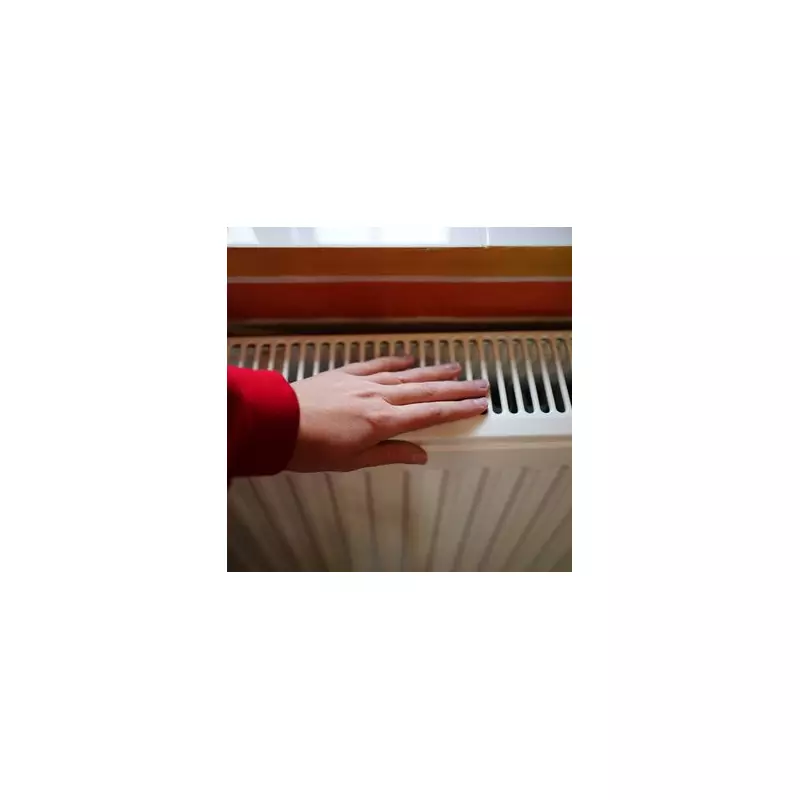
If your home has been filled with the disruptive sounds of banging and clunking radiators, a simple and incredibly cheap solution is at hand. One homeowner managed to silence their noisy central heating system in just 15 minutes using a tool that cost less than a pound.
The Cause of Noisy Radiators
The culprit behind the cacophony is often trapped air. Radiators are designed to be completely full of water, but air can frequently infiltrate the system. This air rises to the top of the radiator, creating a cold spot and obstructing the smooth flow of hot water. The result is a symphony of glugging, thudding, and banging noises as the water pressure is disrupted.
The Simple 97p Solution
Fortunately, fixing this issue doesn't require a costly plumber's visit. The essential tool is a radiator key, which can be purchased for as little as 97p from retailers like Screwfix. It's important to note that this method only applies to water-filled central heating radiators connected to a boiler system. It is not suitable for sealed electric radiators, electric towel rails, or oil-filled plug-in radiators.
To identify if your radiator can be bled, look for a small bleed valve with a square pin inside, typically located at the top corner of the unit.
How to Bleed Your Radiators: A Step-by-Step Guide
The first and most crucial step is to switch off your central heating and allow the radiators to cool down completely. This prevents the risk of being scalded by hot water and makes it easier to hear the air escaping.
Once cool, gather your radiator key, an old towel, and a small container to catch any water drips. It is generally advised to start with the radiator that is furthest from the boiler and work your way back towards it. This method helps to push air out of the entire system effectively.
For each radiator, place the towel and tub underneath the bleed valve. Position the key over the square pin and gently turn it anti-clockwise by a quarter or half turn. You should immediately hear a distinct hissing sound, which is the trapped air being released.
Leave the valve open until the hissing sound stops and a steady trickle of water begins to drip out. This indicates that all the air has been expelled. At this point, tighten the valve by turning the key clockwise to seal it shut. Repeat this process on every radiator that is making noise or feels cold at the top.
Final Checks for a Quiet System
After bleeding all the radiators, it is vital to check the pressure gauge on your boiler, especially if you have a combi or sealed system. The process can cause a slight drop in pressure, so ensure the needle remains within the recommended operating range.
Once you switch the heating back on, you should notice an immediate improvement. The radiators will heat up evenly from top to bottom, and the disruptive banging and clunking noises will be significantly reduced or eliminated entirely, restoring peace and efficiency to your home.





